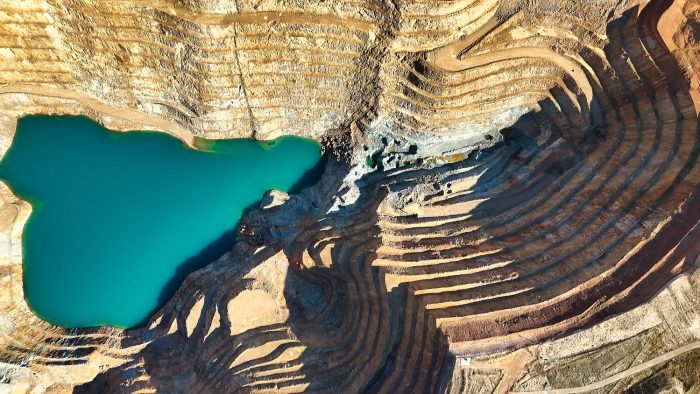Water is one of the most sensitive elements of mining operations. As climate change reshapes and intensifies hydrological cycles, water-related risks are rising for local communities, nature, and industry. Predictive water modelling is a practical tool for regulators to simulate how changing conditions affect water quality on their sites. With the right approach, water modelling can help regulators anticipate and address water risks to enable evidence-based, forward-looking governance, which is essential in a changing climate.
Predictive water modelling has been used in the mining sector for at least 30 years. The practice involves using hydrology and geochemistry to forecast how water quality may fluctuate under changing conditions, such as decreasing precipitation or increasing mine production on site. These models are commonly developed by mine operators, and many countries include water quality prediction as part of the impact assessment process in the sector. With an informed and proactive approach, mining authorities can leverage these water models for effective decision making and regulation.

A tool for policy alignment and permitting
Mining companies routinely use predictive models to support decisions such as site design, effluent discharges, and tailings management. For regulators, these models are vital tools for assessing whether a proposed operation is technically, socially, and environmentally viable.
In the permitting process, water models help identify assumptions related to hydrogeology, hydrology, climate variability, and watershed dynamics. They offer insights into closure planning and adaptive risk mitigation, allowing regulators to engage with industry early and identify challenges before they escalate.
Importantly, models also support risk communication between operators, regulators, local communities, and other stakeholders. This is especially useful when proposed projects involve evolving technologies. Building on the trust developed through early engagement, predictive models can show how systems will perform under different stressors, boosting regulators’ confidence through simulation and structured forecasting.
Managing uncertainty through transparent collaboration
Openly identifying and discussing uncertainties in water models is critical because even the most robust models rely on assumptions about climate patterns, hydrogeology, hydrology, and geochemistry. Understanding where those uncertainties lie and being able to explain them clearly is fundamental to responsible oversight.
Therefore, regulators should not only require that proponents disclose the assumptions and data that underpin their models but also engage early with proponents to review and interpret these models collaboratively. As several mining companies pointed out during the Water in Mining Global Summit 2025, when regulators are engaged from the start, they can identify concerns, request refinements, and shape water management plans in real time.
Advancing proactive environmental leadership
Predictive modelling enables a shift from reactive regulation to proactive environmental leadership. Rather than waiting for water issues to emerge, regulators can enable integrated, catchment-based water stewardship grounded in scenario testing and real-time data.
To do so effectively, authorities need to develop technical capacity to understand the predictive process, including input data, modelling methods, water flow considerations, and output alternatives. Modelling standards—such as model structure, input data transparency, and considerations for output uncertainties—can be embedded into environmental regulations, permitting frameworks, and monitoring guidelines. These regulatory tools should be adaptable to reflect climate change realities and require models to be updated as conditions evolve, thus providing a strong but flexible basis for asking the right questions, validating assumptions, and insisting on clear commitments from mine operators.
Flexibility and adaptability are critical to navigating fast-changing socioenvironmental landscapes. By engaging early in the operator’s model development process, regulators can strengthen oversight of modelling tools that evolve over time, thereby supporting living water management plans that reflect updated data, community feedback, and shifting environmental realities. This requires increased technical capacity within the regulatory authority to understand the predictive process, including input data, modelling methods, water flow considerations, and output alternatives.
Predictive modelling is a shared platform for risk awareness, transparent decision making, and long-term accountability and offers an important opportunity for regulators seeking to strengthen mining governance and water stewardship amid a changing climate.

